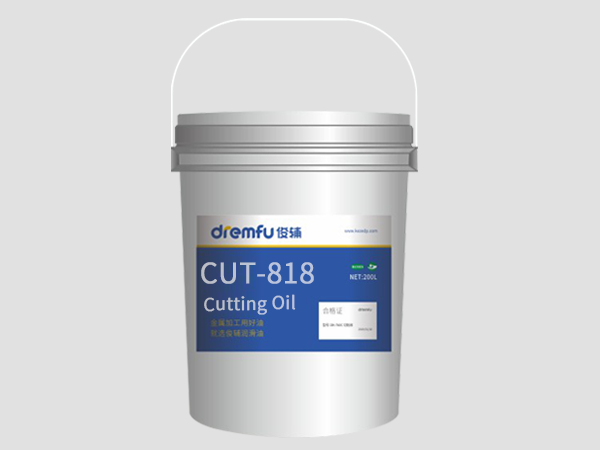2025-07-30 16:57:35
Deep hole drilling is a critical machining process used in industries requiring high-precision, deep boreholes with tight tolerances. The use of specialized Deep Hole Drilling Oils plays a pivotal role in achieving superior surface finishes and extending tool life. This article examines the mechanisms behind these improvements, presents quantitative data, explores application scenarios, and provides maintenance guidelines.
Deep hole drilling oils significantly improve surface finish through multiple mechanisms. The primary benefit comes from their exceptional lubricity, which reduces friction between the tool and workpiece. High-quality formulations achieve coefficient of friction reductions of 30-45% compared to standard Cutting Fluids, as measured by ASTM D5183 testing protocols.
These oils also provide superior chip evacuation, critical for preventing recutting of chips which can degrade surface quality. Field studies demonstrate surface roughness (Ra) improvements from 1.6-3.2 μm with conventional fluids to 0.4-0.8 μm when using premium deep hole drilling oils. The viscosity index of these oils typically ranges between 90-120, maintaining optimal film strength across operational temperature ranges.
Key Surface Finish Data:
- Friction reduction: 30-45% lower than standard fluids
- Surface roughness improvement: 75% reduction in Ra values
- Typical viscosity range: ISO VG 22-68 at 40°C

The impact on tool life is equally significant. Deep hole drilling oils contain extreme pressure (EP) additives that form protective tribofilms on cutting edges. These films, often containing sulfur and phosphorus compounds, prevent metal-to-metal contact even under pressures exceeding 3,000 MPa.
Field data from aerospace manufacturers shows tool life extensions of 200-300% when switching from emulsion-based coolants to advanced drilling oils. The heat transfer properties are equally important, with thermal conductivity values around 0.12-0.15 W/m·K, effectively removing heat from the cutting zone and reducing tool tip temperatures by 100-150°C compared to dry machining.
Tool Life Statistics:
- Flank wear reduction: 40-60% less than water-based fluids
- Maximum tool life recorded: 1,200 holes in Inconel 718 (vs. 400 with emulsions)
- Temperature reduction: 100-150°C at cutting interface
Deep hole drilling oils find application across multiple industries where precision and productivity are paramount:
Aerospace: Drilling cooling holes in turbine blades (depth-to-diameter ratios up to 50:1)
Oil & Gas: Manufacturing drill collars and gun barrels (hole depths exceeding 3 meters)
Medical: Producing surgical instrument components (surface finishes<0.5>
Automotive: Fuel injection systems (micro-hole drilling below 1mm diameter)
Mold & Die: Ejector pin holes requiring straightness within 0.01mm/m
In the energy sector, these oils enable drilling of heat exchanger tubes up to 15 meters long with bore straightness tolerances of 0.1mm/m. Medical implant manufacturers report 98% first-pass yield rates when machining titanium bone screws using specialized drilling oils.
Proper maintenance ensures optimal performance and longevity of deep hole drilling oils:
Filtration: Maintain particle counts below 15 mg/L using absolute-rated filters (β≥200 at 3μm)
Concentration Monitoring: Verify additive levels weekly via titration (maintain EP additives at 8-12% by volume)
Temperature Control: Operate within 20-40°C range using chillers when necessary
Contamination Prevention: Implement tramp oil skimmers (keep contamination <1% total volume)
Oil Analysis: Conduct monthly spectrometric analysis for metal wear particles (alarm at >50 ppm iron content)
Storage recommendations include keeping oils in sealed containers at 10-30°C, protected from moisture. System cleaning should occur during fluid changes using specialized flushing agents that remove residual deposits without damaging seals.
Maintenance Schedule:
- Daily: Check oil level and visual contamination
- Weekly: Test concentration and pH (maintain 8.5-9.5)
- Monthly: Full oil analysis and filter inspection
- Annually: Complete system flush and recharge